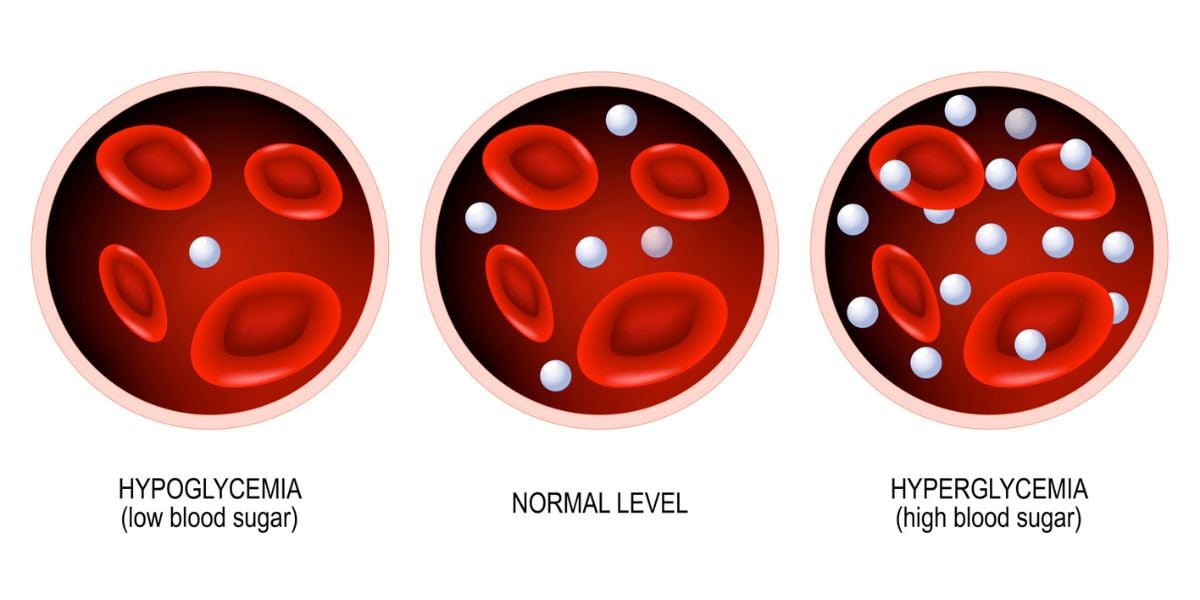Metabolic syndrome is becoming increasingly common. It occurs when a range of metabolic risk factors such as obesity and insulin resistance come together.
Metabolic syndrome increases one’s risk of developing type 2 diabetes.
A number of alternative terms exist to describe the condition, such as syndrome X, Reaven’s syndrome and in Australia, CHAOS.
What are the criteria for metabolic syndrome?
There have been multiple proposed definitions for metabolic syndrome over the past twenty years, but the most widely used is the NCEP ATP III definition. This is also the most clinically applicable, as the criteria are all measurements that are easily accessible to doctors.
At least 3 of the 5 following criteria must be met to diagnose a person with metabolic syndrome:
- Abdominal obesity: waist circumference of ≥102 cm in men and ≥88 cm in women
- Hypertriglyceridemia: ≥150 mg/dl (1.695 mmol/L)
- Low HDL-C: < 40 mg/dL (1.04 mmol/dL) in men and < 50 mg/dL (1.30 mmol/dL) in women
- High blood pressure (BP): >130/85 mmHg
- High fasting glucose: >110 mg/dl (6.1 mmol/L)
Proinflammatory and prothrombotic states are also considered contributing factors, but are not part of the criteria. [355]
What are the symptoms of metabolic syndrome?
You may recognise some of the following symptoms of metabolic syndrome:
- Tiredness – particularly after meals
- Inability to focus properly – ‘brain fog’
- Acanthosis nigricans – browning (hyperpigmentation) of folds of skin such as on the neck, armpits, groin and between the buttocks
Most commonly, patients suffering from metabolic syndrome will exhibit two major symptoms:
- Abdominal obesity
- Resistance to insulin
Diagnosis of metabolic syndrome
An accurate form of diagnosis is not yet universally accepted.
Some experts believe that a combination of three of the following components is indicative of metabolic syndrome:
- Larger waist circumference
- Higher levels of triglycerides
- Lower HFL cholesterol
- Higher blood pressure
- Higher fasting glucose levels
What if I have some of these symptoms?
If you have any of these symptoms, your doctor can run tests to determine whether you have elevated blood sugar levels and therefore insulin resistance.
One of these is the oral glucose tolerance test (OGTT or GTT).
Managing metabolic syndrome
It is important to intervene into metabolic syndrome at an early stage, reducing the risk of type 2 diabetes developing.
Diet and exercise are the critical factors in solving this problem.
Weight loss, increased exercise levels and a healthy diet are the primary tools in managing metabolic syndrome.






